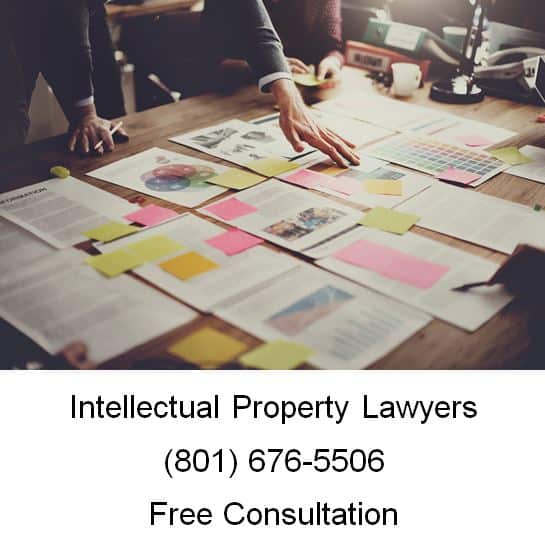
Copyrights are a type of personal property right that grants the copyright owner control over the use and transfer of the copyrighted work. As you know with all things, before you go and sell a copyright, you should have a copyright lawyer look over everything to make sure it is legal and done correctly. You don’t want problems showing up later that could have been avoided. As you know, copyrights are important because they allow an author to create original works without the fear of later having it stolen by another author. Although registering your copyright typically makes it much easier to defend your copyrighted works, it is not necessary. The work is considered to be protected by copyright upon its creation. There are instances where an author may want to transfer some or all of his or her copyright to another person or entity.
A copyright owner’s exclusive rights (either in whole or in part) can be transferred or sold to another party, but it must be in writing and signed by the copyright owner to be considered valid. An authorized agent of the copyright owner (such as an attorney or business associate) can also sign the writing. If the owner is transferring nonexclusive rights, however, a written agreement is not required. Do you know how much your copyright is worth? It really depends on the market. What is someone willing to pay and what are you willing to sell it for?
The U.S. Copyright Office doesn’t have forms for transfers of copyrights, so these transfers are normally made via contracts. The Copyright Office does, however, record transfers of copyrights. While recording the transfers with the Copyright Office is not required for a valid transfer, it can provide certain legal advantages and may also be required in order to validate a transfer against a third party.
There are basically two ways to figure out if a copyright has been transferred from one person to another. One way is to review the copyright registration certificate issued by the Copyright Office. The second way is to research and find a transfer or assignment agreement.
An author who has transferred a copyright to another party can reacquire their rights after a certain number of years through the process of terminating a transfer. The process of terminating and reclaiming a copyright is a complex process, and the rules depend on when the work was initially published. Very generally, a termination of transfer can occur between 28 years and 56 years after first publication of the copyrighted work. These terminations are filed with the Copyright Office, and can therefore be found in the Copyright Office records.
Under previous law, the copyright of a work would revert back to the author if a renewal claim was registered in the 28th year of the original term of the copyright. In the event that the author was no longer alive, the copyright would go to the author’s beneficiaries. Current law doesn’t require a renewal claim, unless the work was already in the initial term of protection when the law changed. The current law in effect allows termination of transfer under certain conditions, 35 years after the copyright transfer was granted.
What Might be Covered by a Copyright?
When you produce artistic pieces, no matter what the medium, and you may be thinking about protecting your work from others. You’ve spent a lot of time creating, revising, and perfecting your material. Don’t let someone else take the credit, or worse, profit off of your creativity. The best way to protect yourself is to copyright your work. Below, you will find an overview discussion of copyright law, the various categories of works that are afforded protection under the law, and examples of what is not eligible for copyright protection.
Copyright protects “original works of authorship” that are “fixed” in a tangible form of expression. Examples of works in a “fixed” form are: a story written down on paper, a computer program saved on a disk, or a song recorded on tape. Copyrightable works include the following: Literary works, Musical works, including any accompanying words, Dramatic works, including any accompanying music, Pantomimes and choreographic works, Pictorial, graphic, and sculptural works, Motion pictures and other audiovisual works, Sound recordings, and Architectural works.
These categories should be viewed broadly. For example, computer programs and most “compilations” may be registered as “literary works”; maps and architectural plans may be registered as “pictorial, graphic, and sculptural works.”
What Isn’t Protected by Copyright Law?
Several categories of material are generally not eligible for federal copyright protection. For example, works that have not been fixed in a tangible form of expression (for example, choreographic works that have not been notated or recorded, or improvisational speeches or performances that have not been written or recorded). Titles, names, short phrases, and slogans; familiar symbols or designs; mere variations of typographic ornamentation, lettering, or coloring; mere listings of ingredients or contents. Ideas, procedures, methods, systems, processes, concepts, principles, discoveries, or devices, as distinguished from a description, explanation, or illustration.
Works consisting entirely of information that is common property and containing no original authorship (for example: standard calendars, height and weight charts, tape measures and rulers, and lists or tables taken from public documents or other common sources). This includes works in the public domain created by the U.S. government such as federal judicial decisions or statutes, government speeches given in the course of their employment (think Gettysburg Address), press releases and more.
Copyright Lawyer Free Consultation
When you need legal help to sell your copyright, please call Ascent Law for your free consultation (801) 676-5506. We want to help you.
8833 S. Redwood Road, Suite C
West Jordan, Utah
84088 United States
Telephone: (801) 676-5506

